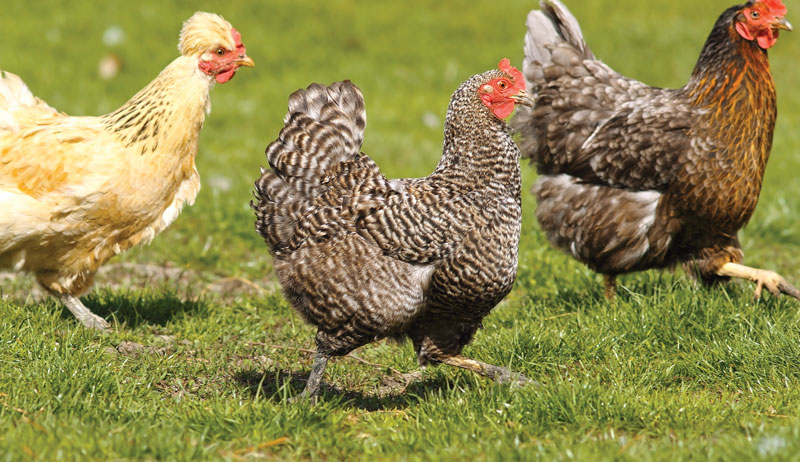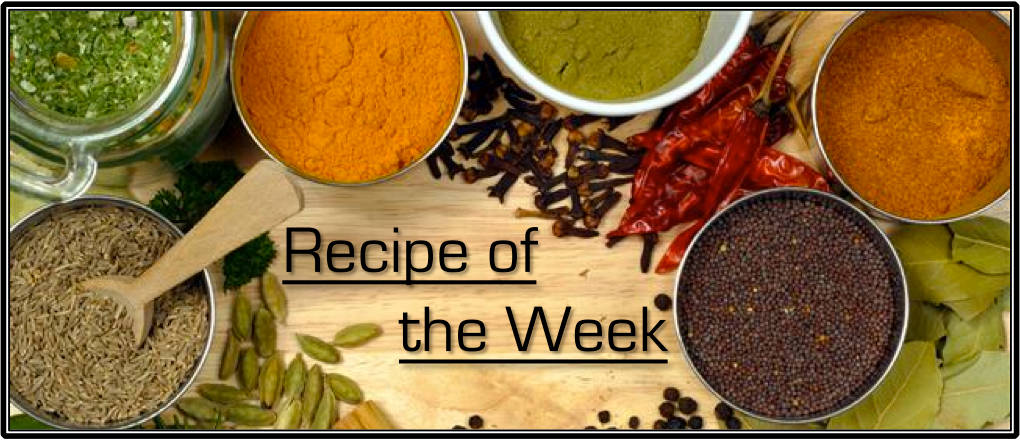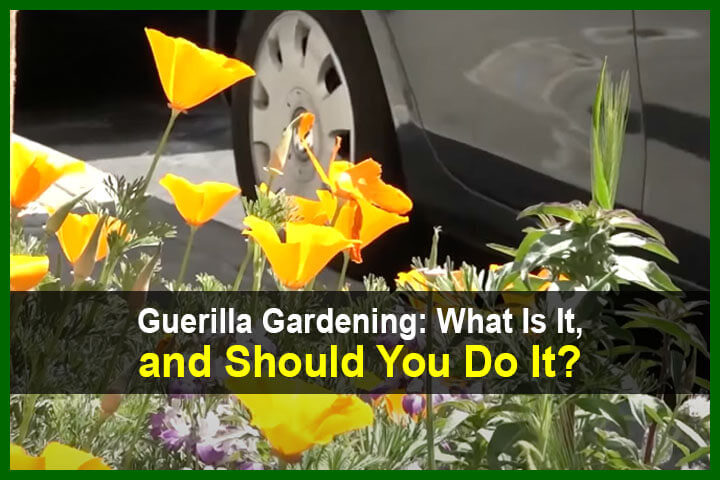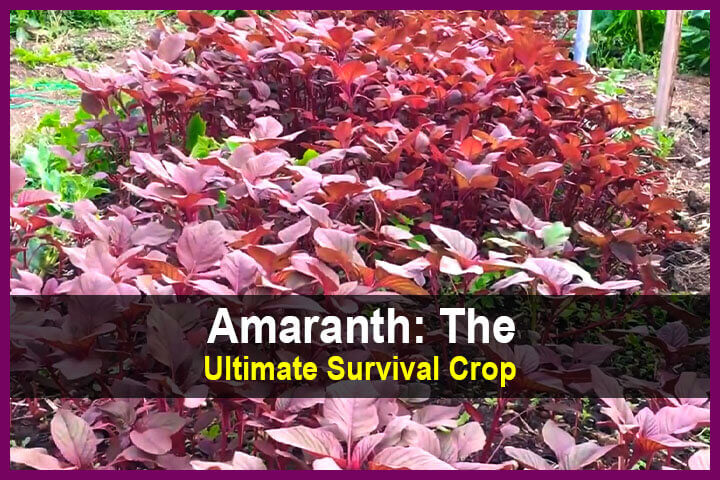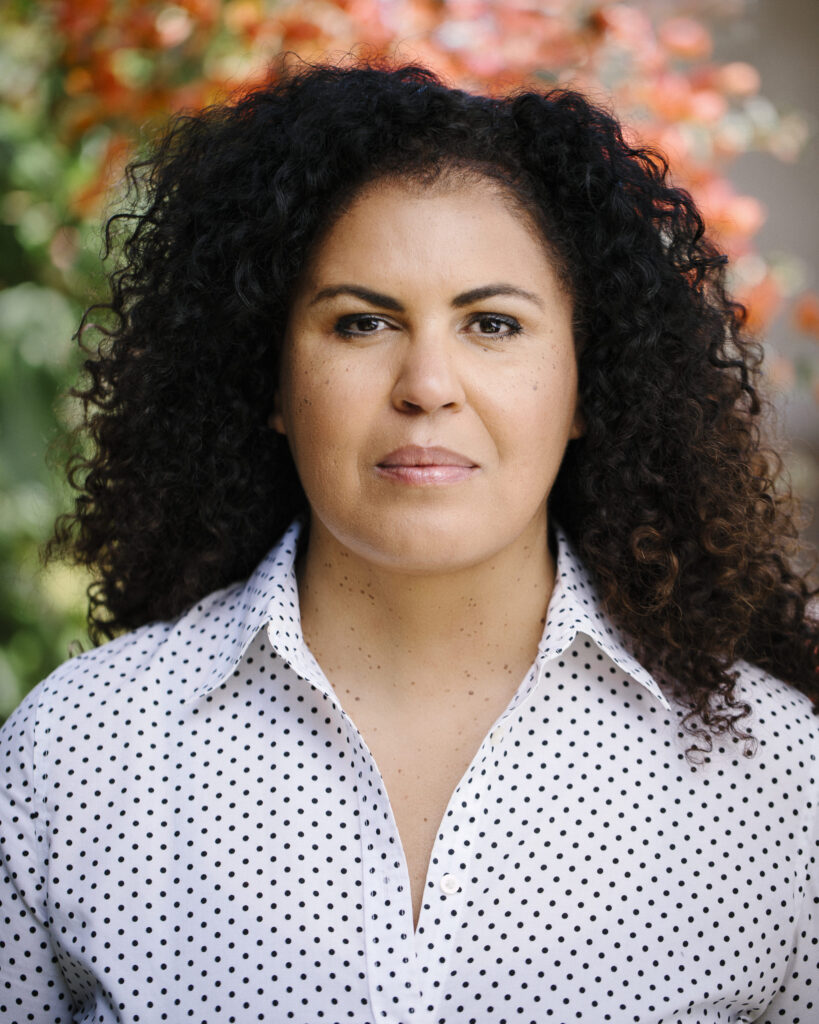When it comes to disasters and preparation, psychologically it might be good to consider the quote from Irish poet and playwright Oscar Wilde (1854-1900): “To expect the unexpected shows a thoroughly modern intellect.” From the strings of tornadoes that routinely ravage the Midwest and South to the recurring and intensifying cycle of wildfires and flooding along the Pacific Coast, disasters can strike at any time and have devastating consequences for humans and animals alike.
Local officials and disaster preparedness groups often advise to have evacuation plans and provide lists of supplies that everyone should have on hand. However, these measures rarely take animals into account and almost never consider backyard chickens in emergency prep.
Whether our chickens are kept as companions, sustainable food sources or a combination of the two, keeping our feathered friends safe and healthy during a disaster is important.
In this column, we’ll discuss how to best prepare to care for chickens when an emergency occurs.
The Dangers You Face
Understanding the types of disasters that occur in your area is an important step in preparing for them. Generic evacuation plans and emergency kits will only get you so far when preparing for helping chickens in specific emergencies.
Both authors of this column live on the West Coast, so wildfires, floods and earthquakes are primary concerns. Severe earthquakes often disrupt transportation routes, so evacuation might not be an option and extended stores of food and water are needed.
During a wildfire, expedient and safe evacuation is the No. 1 priority. Flooding can damage transportation and affect your ability to find viable land to raise your flock on. While reading this column, keep in mind the specific risks you and your flock face, and adapt the information presented to prepare for them.
Read more: Protect your chickens from the threat of wildfire.
To Stay or Go
As previously mentioned, whether you evacuate or wait the disaster out depends on the specific disaster you face and a gazillion other variables that you can’t predict with 100 percent accuracy. As we are all well aware, some situations call for waiting and some situations require immediate evacuation. Therefore, prepare for both.
Having some level of situational awareness will be essential toward making the best decision possible. When it comes to pets, many people stay longer because they don’t have a viable plan in place for their animals. This increases the risk for you, your pets and first responders.
Local emergency response officials will typically communicate with residents about what they should do, evacuation routes, etc. In order to be prepared “to stay or go,” have a checklist so you can easily prepare, evacuate, stay or both. Things to have on your checklist include the following.
Communication Essentials
Assume the internet won’t be functioning. Having multiple evacuation plans in place and old-fashioned maps (aka paper maps because the internet may be down) can help to expedite evacuation…
